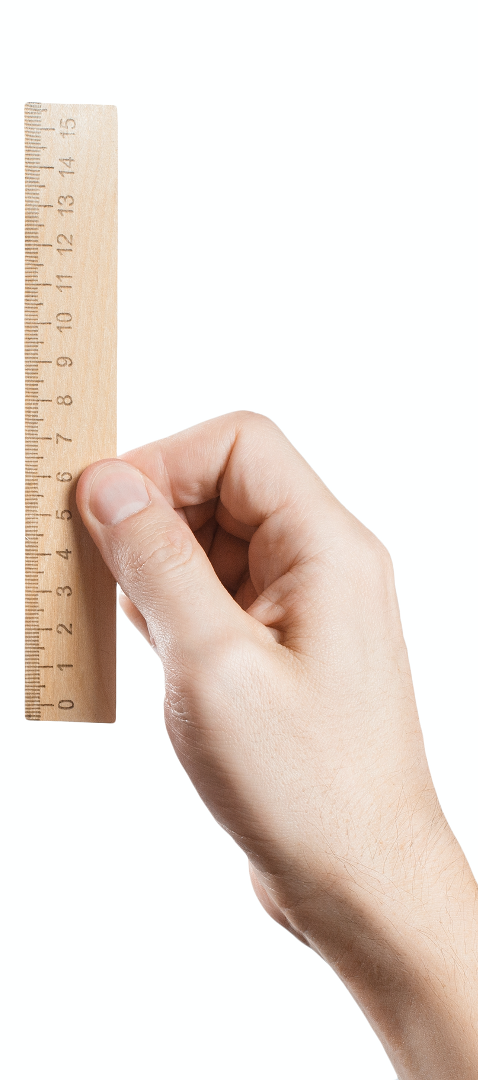Psychological Sciences: Reflexes!
Reflexes are behaviors that happen that you don't even think about! You have lots of reflexes. They usually happen to keep you safe, like putting your arms out when you start to fall.
Many reflexes do not even go to the brain! Because reflexes are meant to protect us from danger, our bodies do not wait for the sensations to travel to the brain before reacting. When our body receives information that we are in danger, the signal goes to our spinal cord and back out to our muscles to to get away from harm!
In this experiment, you are going to explore which of your senses allow your reflexes to kick in the quickest!
Let’s Begin!
Materials:
Ruler
Pen
Directions:
Have your child sit with their arm extended and hand cupped like a c
Hold the ruler so that it is hovering just above the open space of their hand with the number one closest to their hand and the 12 at the top
Release the ruler
Your child should try to close their hand on the ruler as it falls between their fingers
Record the length the ruler falls by observing which number your child’s fingers fall on or near
Repeat two more times and find the average (add up all three trials and divide by three).
Now, have your child close their eyes. When you drop the ruler, say “Now”
Record the length the ruler fell.
Repeat three times and average
With your child’s eyes still closed, place your hand on their arm. When you release the ruler, squeeze their arm.
Record the length the ruler fell.
Repeat three times and average
Examining the Experiment:
In this experiment, your child explored the speed of sensory information. Our brains take in a lot of information all the time from our five senses, but some senses work more quickly than others.
In this experiment, your child should have observed that they reacted more quickly when they could see the ruler falling. That’s because the nerves responsible for sending information from the eyes to the brain are very close and can send information over that short distance really fast!
On the other hand, the information that comes in through the ears (such as hearing) needs to be converted from sound waves into neural pulses through our brains before sending the signal out to our hand to grab the ruler.
Similarly, touch information is even slower. First the signal has to travel up our arm to the brain and then back out to our hand. This should result in the slowest reaction time.
This experiment teaches an important concept of sensory science: our brains are always collecting, processing and responding to the information in our environment. Senses are the most important tool children have and learning to use one’s senses as a scientific skill is crucial to exploring their world.
Things to Try:
Compare your child’s performance to family friends, peers, and siblings. Make note of each person’s age and sex because both play an important role in reflex speed. Which groups perform better, girls or boys?
Have your child complete this experiment on you and any other caregivers. How do adults perform compare to children, better or worse? Can you make a hypothesis about why you are observing these differences?
Try this experiment with grandparents and great grandparents. Which generation performs the best? Which performs the worst?
Try squeezing your child’s foot instead of hand. Now that the signal has to travel from their foot, up their leg and body to the brain, do they perform slower than when you squeezed their hand?
STEM-Spark Stumper:
Can you find a natural reflex that occurs for each of the five senses?



